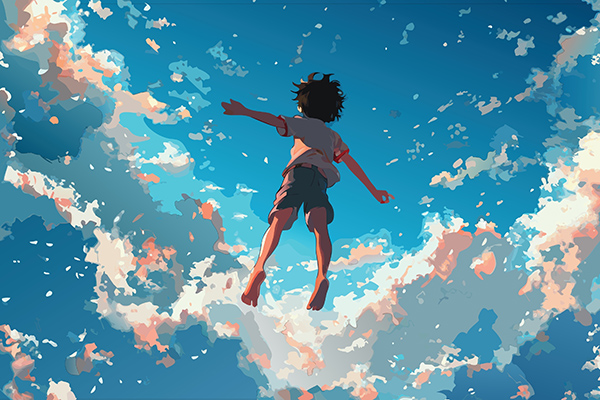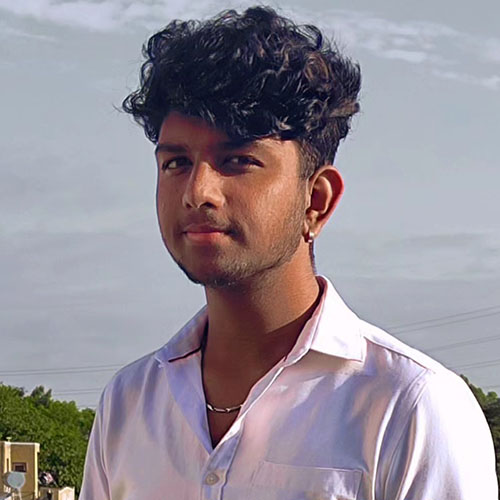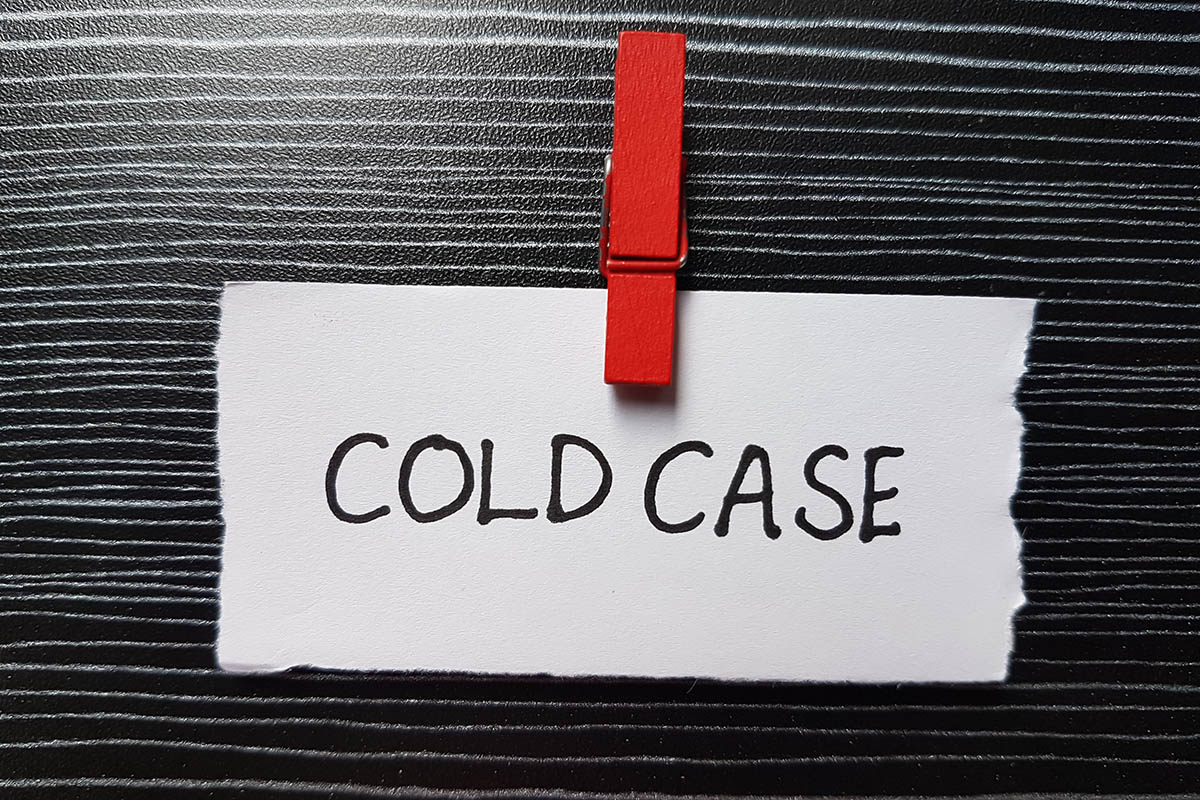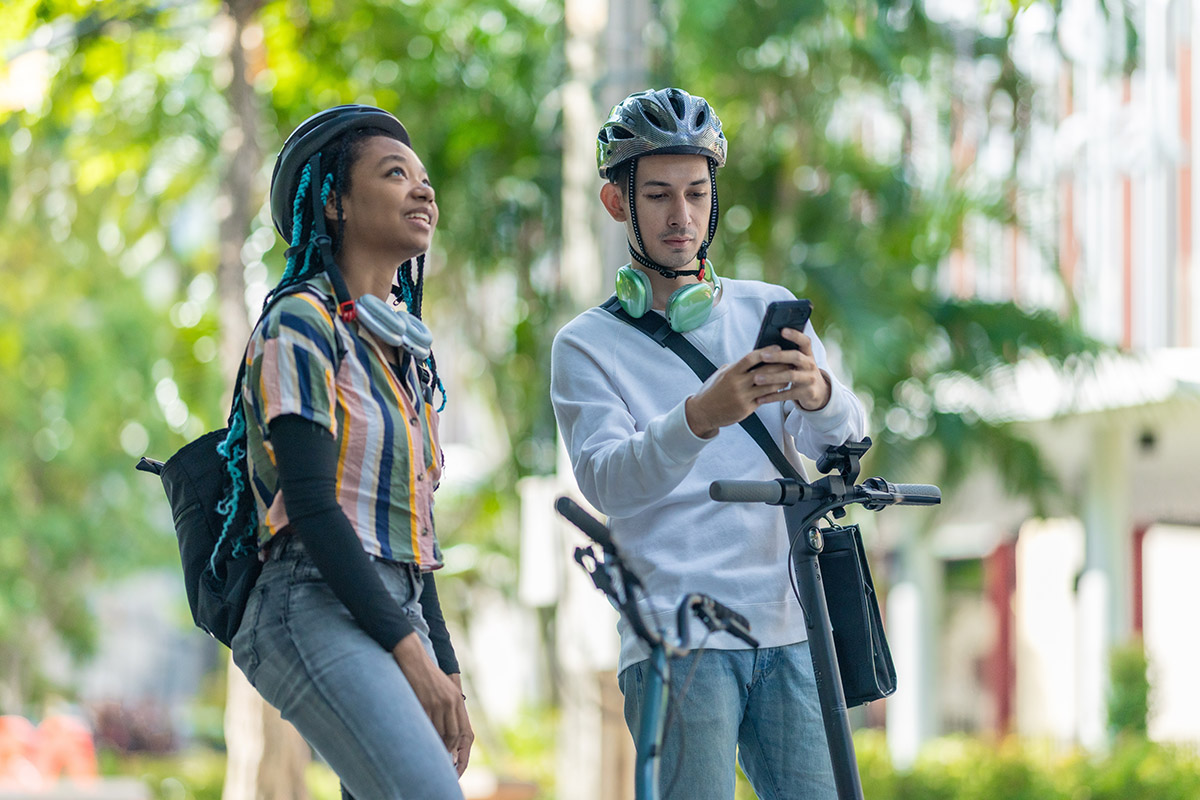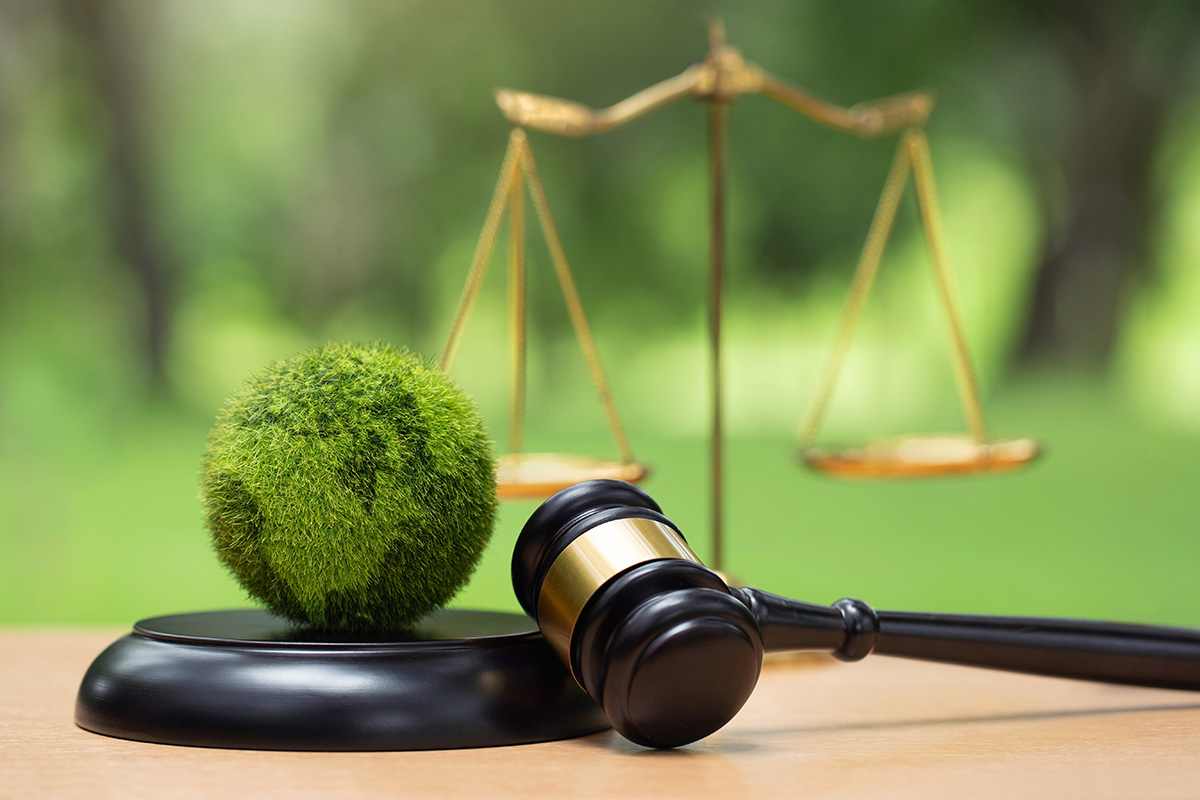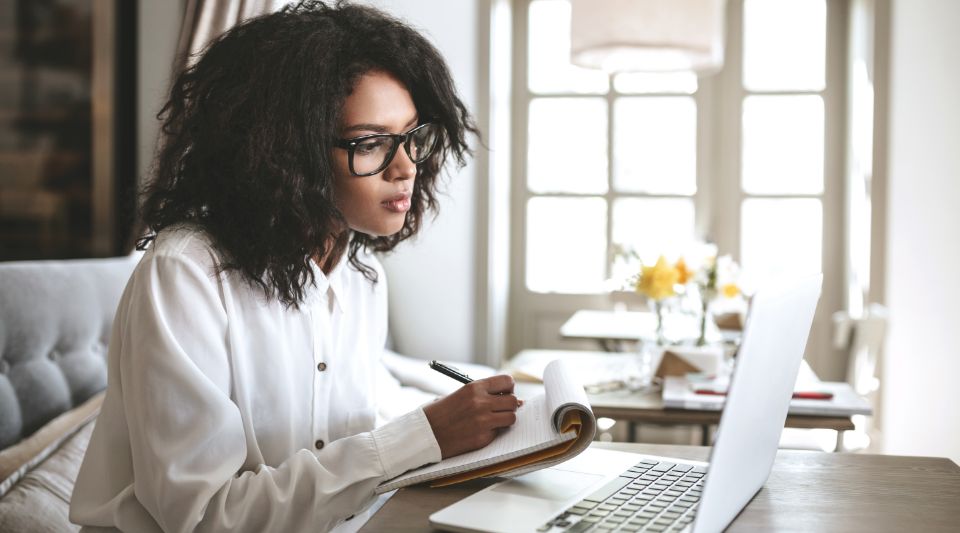Techie’s dream or an artist’s nightmare?
April 20by G Sai Prashanth
Every Instagram post, story, display picture, and WhatsApp status now features a group photo or a selfie in the Ghibli animation style. As a huge fan of Hayao Miyazaki’s work, I was eager to try out Open AI’s new image generator, which creates animated images that capture the essence of a Studio Ghibli film with a filter. Thanks to AI software, a single prompt can now produce animated images and videos in minutes, which would have taken years of flawlessly hand-drawn panels. This makes me wonder: is the AI algorithm the artist’s worst nightmare and the death of human creativity? Are photos created by AI truly considered art?
An increasing number of people began watching anime because of the COVID-19 pandemic. Works from the Ghibli studio, such as “Spirited Away,” “Howl’s Moving Castle,” and “Grave of the Fireflies,” won over the hearts of both first-time viewers and weebs who love the art. With a surreal visual world evoking a serene feeling, every Ghibli film under the umbrella engages audiences in a conversation about what is really important. The films effectively convey a sense of disengagement from global issues and an appeal for safeguarding the natural world via the use of colors, shapes, and forms. Users all around the world are attempting to create themselves in smooth, clean lines, delicate shading, and artistic textured images, evocative of Studio Ghibli’s characteristic art style, undermine the studio’s very vision itself.
As ChatGPT competes in the growing AI chatbot market, this viral trend brought to light a crucial evolution for the company. The ability to generate images is not exclusive to OpenAI’s Chat GPT; rivals like Google Gemini and xAI’s Grok already have comparable features. However, the level of quality and precision of GPT-4o’s output may have set a standard, as evidenced by its widespread use.
AI is a tool, just like a paintbrush
How do you define “real art”? When AI is asked to produce art, all it does is combine artistic data that has been acquired from the Internet. Why not appreciate, examine, evaluate, and commemorate this new form? Some people view AI as a promising new tool, while others see it as an existential threat to human artists. Real artificial intelligence that can take the place of human intelligence is not around the corner but light years away. AI art is just a variation on a theme because it is simply created by mining data from the Internet. People are always skeptical of new media when it first appears in public, since they fear change and the unknown. On the plus side, perhaps AI art will encourage artists and introduce us to new possibilities and ideas. It could be fascinating to see human artists and AI work together.
Beyond the generated frames
The Ghibli film’s intricately crafted art and months of meticulous production work combine to create a gripping narrative that takes viewers to another dimension by luring them into a fantasy and ethereal place full of imagination. The Ghibli films by Hayao Miyazaki follow a Japanese philosophy called “Ma,” or emptiness, which enables viewers to reflect, visualize, and comprehend what is happening not only on a visual level but on an emotional level as well. Instead of using language to convey a character’s emotions, “Ma” allows the audience to just experience what the character is feeling alongside them. Because of these small elements and thoughts, the Ghibli studio works are timeless, allowing it to resonate with people across cultures and ages. Ghibli’s aesthetic is a philosophy rather than a mere look or an adorable Instagram display picture. It values craftsmanship, human emotion, a strong connection to nature, and storytelling. It’s not a mistake to create Ghibli-style AI art for your social media platforms, but before you do, watch and savor the anime films and the artwork that served as the foundation for the AI’s current replication.
